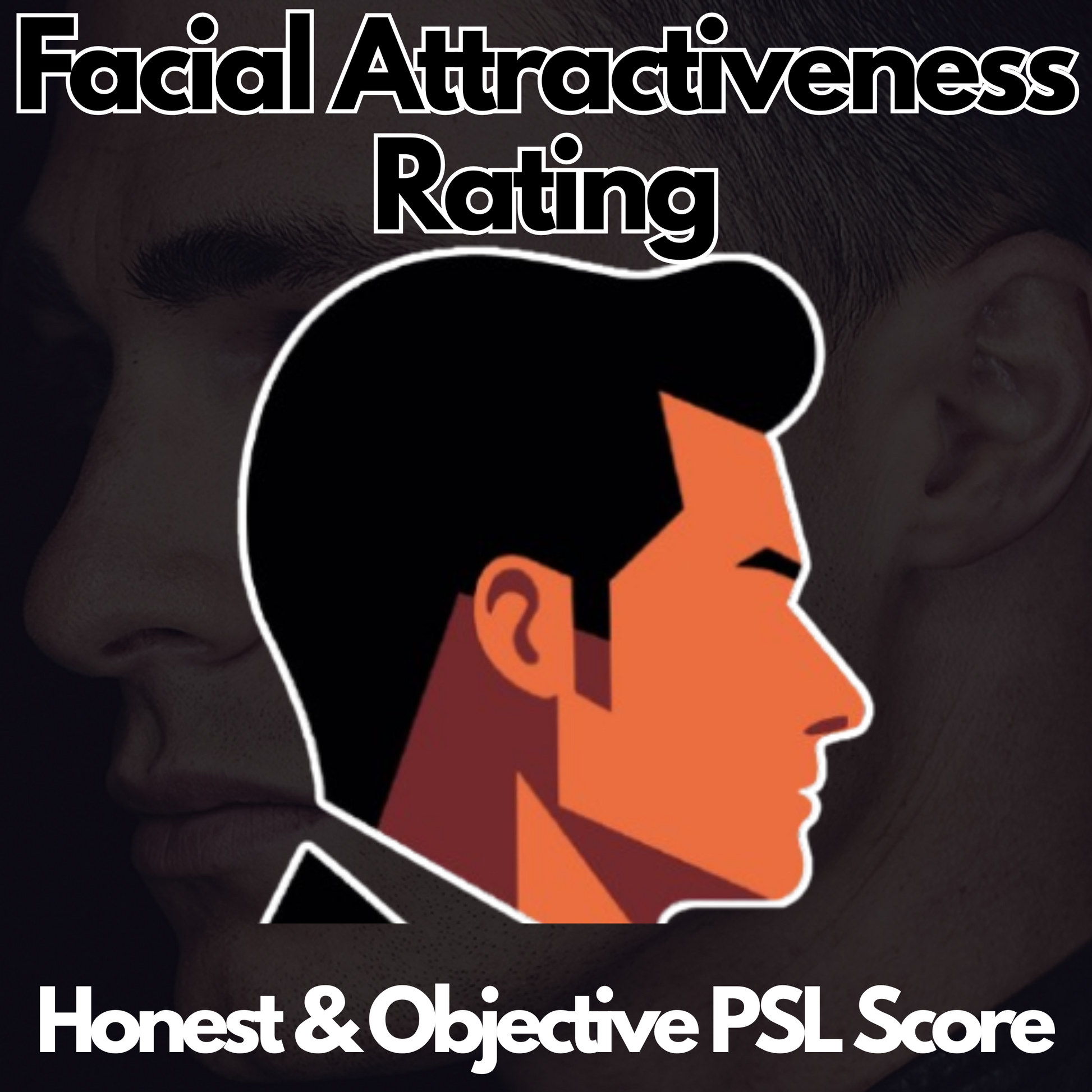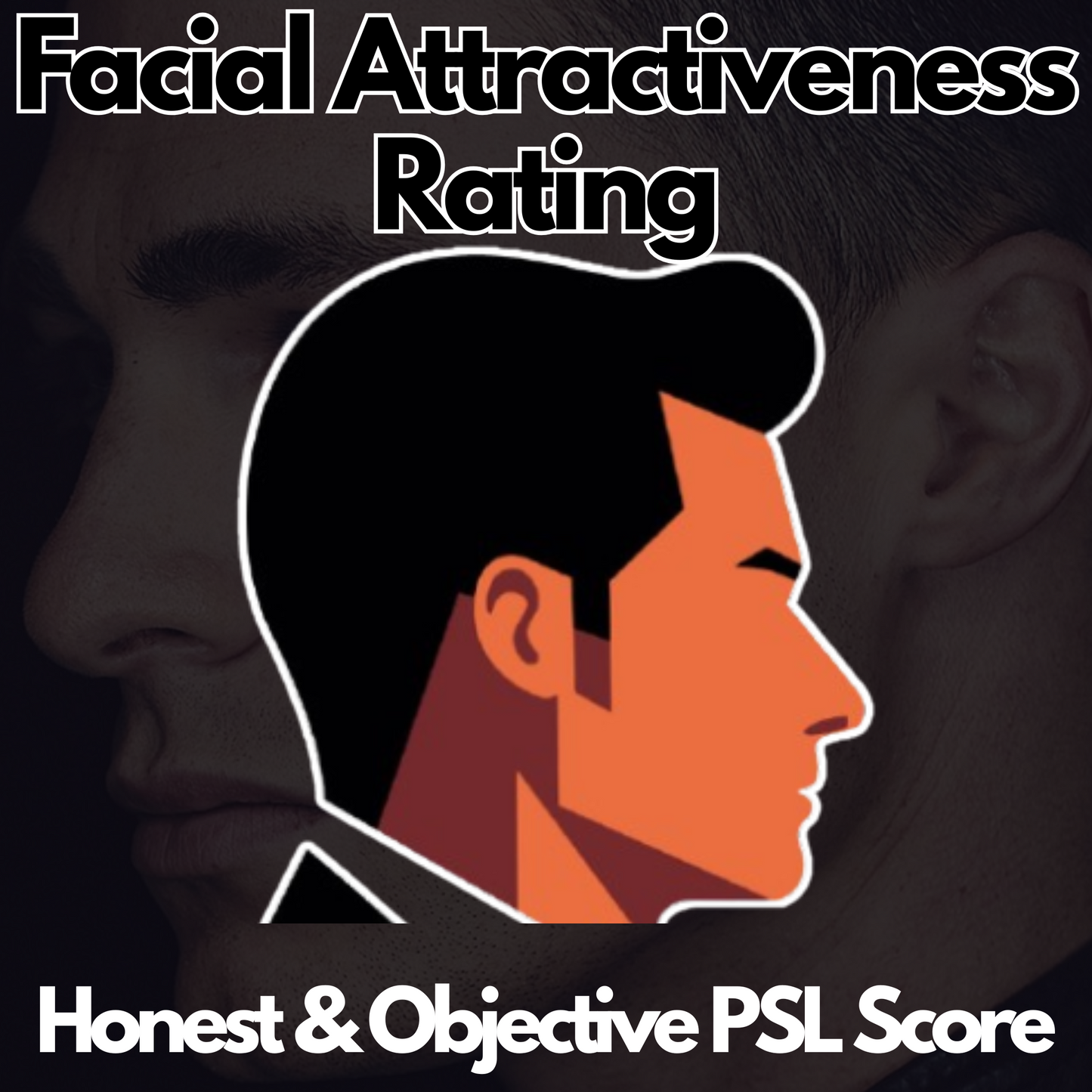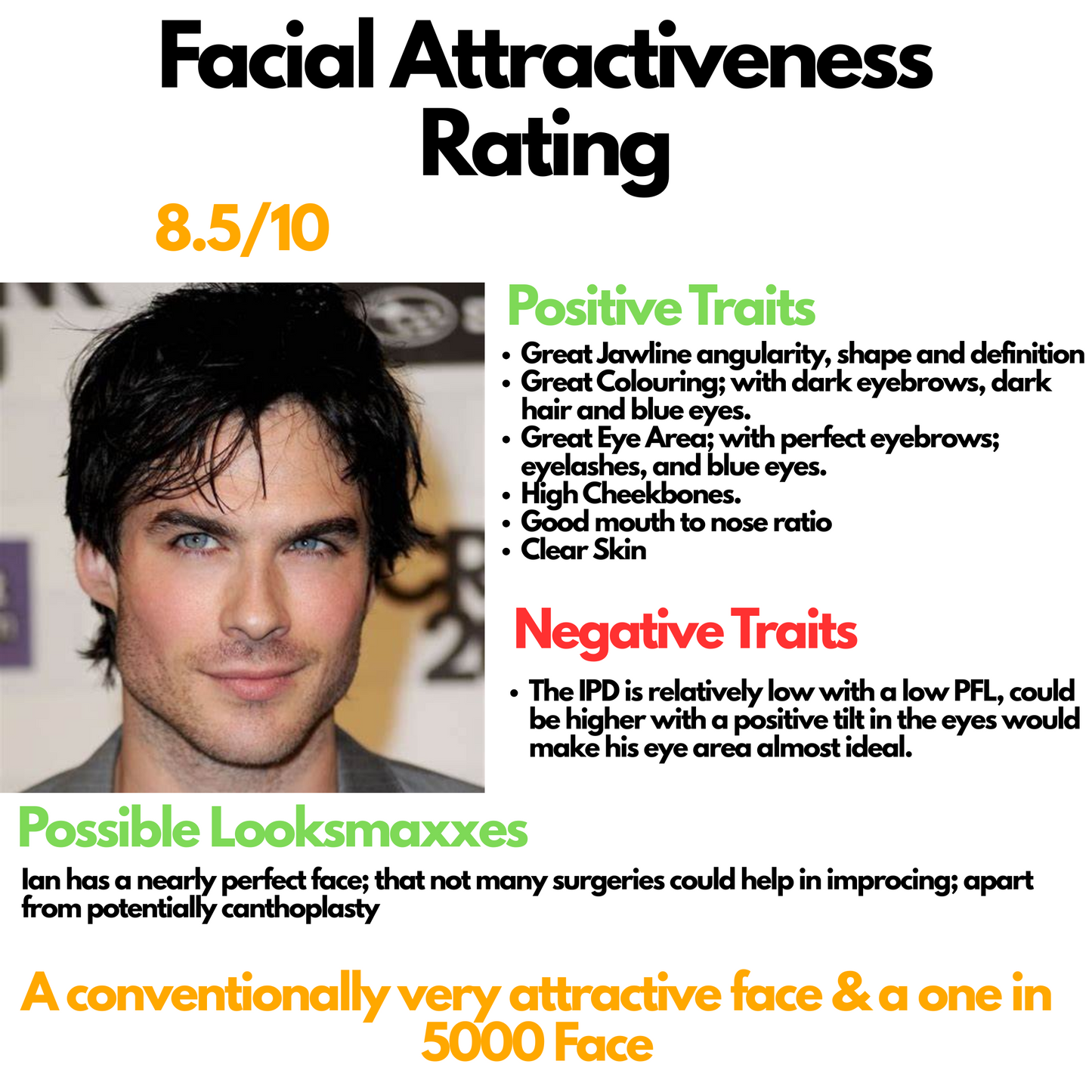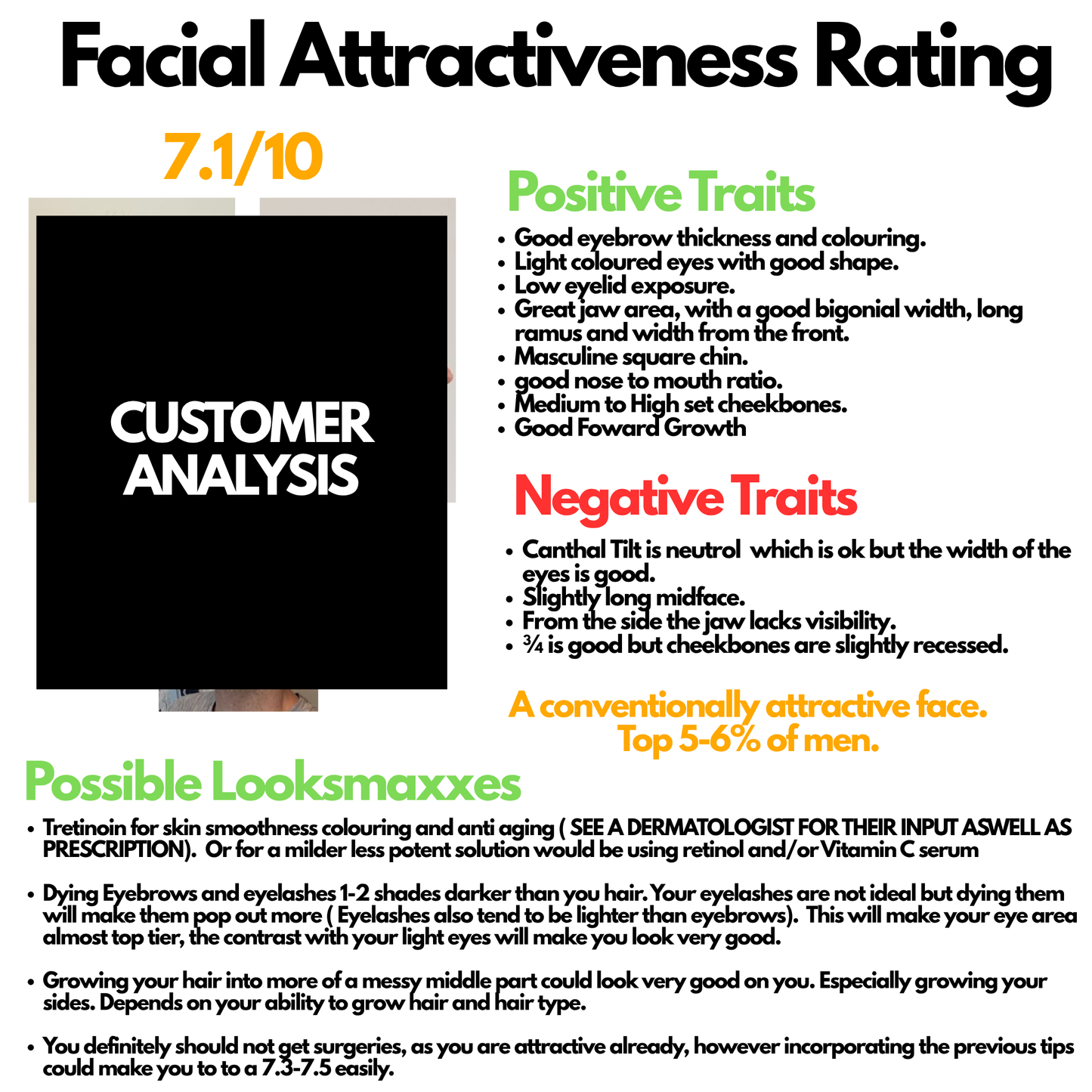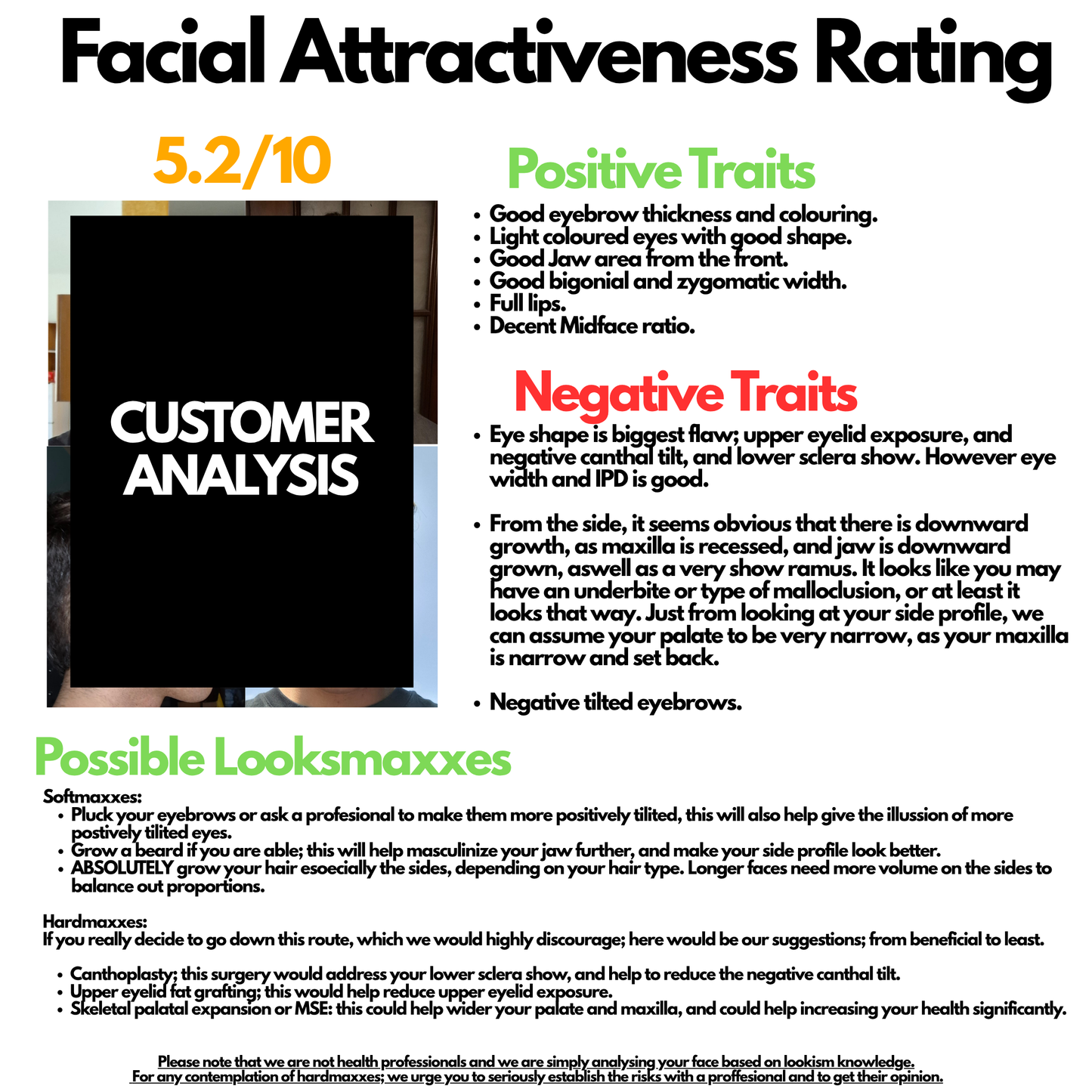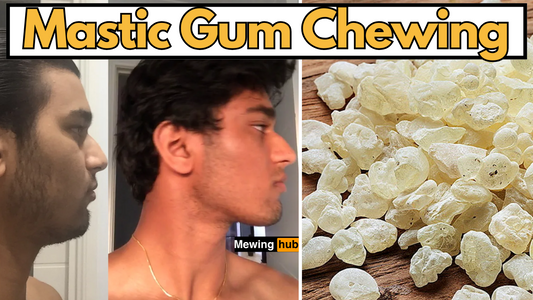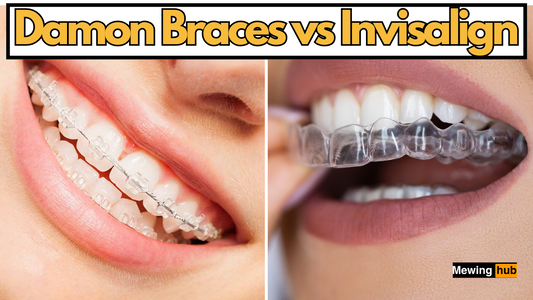How does Mewing Shorten your Face?
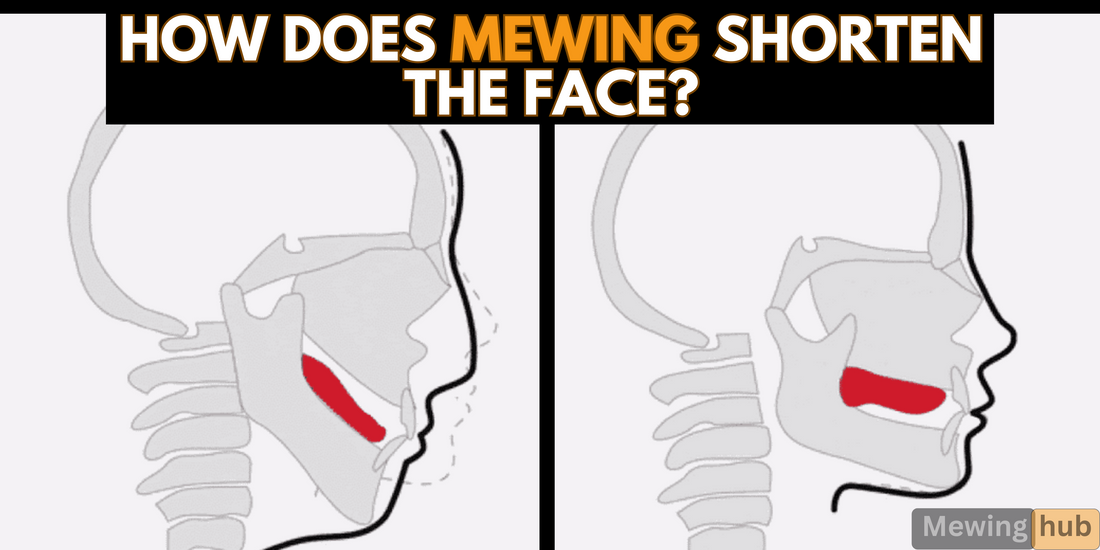
Share
In the quest for facial symmetry and aesthetic improvement, mewing has emerged as a buzzword across wellness and beauty circles.

The Premise
The premise behind mewing is grounded in the concept of craniofacial dystrophy — the idea that modern human faces have developed less optimally due to changes in diet, posture, and lifestyle.

By adopting correct tongue posture, proponents of mewing argue, individuals can promote more natural growth patterns within the facial bones, potentially counteracting these developmental shifts.
How Mewing Shortens the Face:
Promoting Maxillary Up-Swing
Mewing widens the palate due to constant pressure sideways and upwards by the tongue.
Over time; bones move with pressure, a theory known as "Wolf Law".

When the palate widdens, the maxilla widens and moves up too, following the pressure applied by the tongue.
Mewing encourages the maxilla (upper jaw) to move upwards and forwards, a process that could lead to a more defined jawline and cheekbones.
This up-swing of the maxilla inherently brings about a subtle shortening of the face by optimizing the facial angle and enhancing overall facial harmony.
Alleviating Down-Swing Facial Growth
Mewing is also said to counteract the "down-swing" growth pattern — where the face grows longer and narrower over time, often due to poor oral posture.
By retraining the tongue to rest properly against the palate, mewing could help reverse or prevent this elongation, contributing to a shorter facial appearance.

This elongation often results from the tongue's failure to support the maxilla adequately, leading to a downward and backward growth pattern that not only affects the jawline but also impacts the overall facial harmony.
Mewing promotes an upward and forward growth trajectory, which is considered more ideal for facial aesthetics.
Moreover, this corrective posture can stimulate remodeling and growth in the facial bones, particularly in younger individuals whose skeletal structure is still adaptable.
Take-away
Mewing presents an intriguing possibility for those looking to enhance their facial aesthetics naturally.
By potentially shortening the face, mewing offers a non-invasive approach to achieving a more balanced and harmonious facial appearance.
However, success with mewing requires patience, consistency, and a balanced view of its potential impacts. As interest in this practice continues to grow, so too will our understanding of its effects on facial structure.

